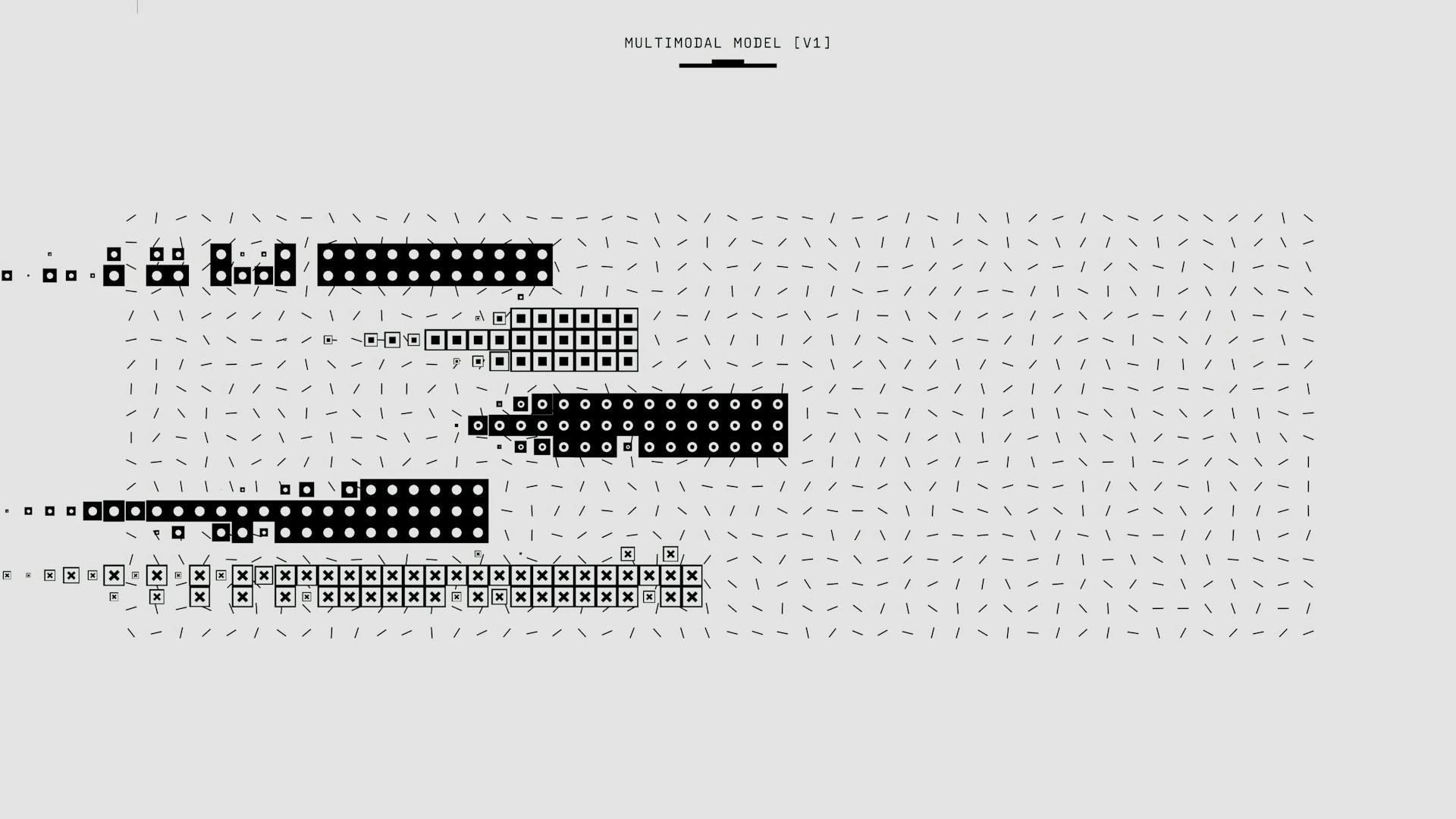
In this article, I'll focus on the age-old rivalry of gulp vs grunt - the ultimate build script showdown! If you're new to these tools, I suggest reading up on previously published articles explaining their differences. But, in plain English, the main difference between gulp and grunt lies in how they automate tasks.
Inside gulp, everything is based on node streams. It doesn't use temporary files; let's put it this way: if you write Sass code and use Gulp to handle it, you don't generate an intermediary file that Grunt handles. Instead, Gulp takes care of everything in memory - no disk writes required. This gives Gulp a big speed advantage over Grunt when it comes to performance. In fact, a hugely scientific study proved that even with timing accuracies taken into account, Gulp was considerably faster than Grunt across the board.
Discover the Magic Behind Gulp!
Are you tired of repetitive and time-consuming tasks while coding? Then, you need to know about Gulp! This free task runner was initially launched in July 2013 by the American software company Fractal Innovations. Thanks to the GitHub community, it is now an open source MIT license project that runs on the Javascript platform NodeJS with the NPM package manager.
Gulp has a structure similar to Grunt, but its command line tool comes in a more suitable user interface. By using a package.json configuration file and a gulpfile (gulpfile.js) in your web directory, this task runner allows workflow optimization by combining individual file operations through a nodejs module stream. The best part is that these processes run individually back into their respective files without any extra effort from you. With Gulp's excellent performance and configured proficiency in NodeJS, it is becoming a basic requirement for web developers.
Gulp already has premade tasks in plugin form available in its official directory with over 3000 extensions from which to choose. Some examples of projects that benefit from Gulp are Jekyll projects for gulp-php-minify optimization of PHP codes or converting SVG icons. So don't waste any more time performing tedious tasks manually; join the many satisfied users of Gulp today!
On a similar theme: Web Hosting vs Domain Registration
Discover the Wonders of a Task Runner!

As a front-end developer, you may find yourself performing simple and repetitive processes on a regular basis. This is where task runners come into play. Task runners are extremely valuable tools that can help you optimize your workflow by automating computer processes that would normally take up a significant amount of time. By utilizing these practical tools, users can save valuable time and focus on other important aspects of web development.
One of the most important roles that task runners play in front-end development is minimizing javascript codes and compiling preprocessor stylesheets such as sass css. With established javascript task runners like gulp and grunt, users can easily automate their respective processes to ensure that individual modules are compiled into finished css testing files with ease. Additionally, these automation options work internally within individual programs, meaning users don't have to worry about compatibility issues when working with different software.
In conclusion, if you're looking for ways to streamline your daily challenges as a front-end developer, consider incorporating a task runner into your workflow. Whether you want to minimize javascript codes or compile preprocessor stylesheets like sass css, these tools offer invaluable automation options that can save you time and effort while optimizing your workflow. With the ability to perform repetitive processes quickly and efficiently, it's no wonder why task runners have become an essential tool in the world of web development.
You might enjoy: Ai in Software Test Automation
Choosing the Best JavaScript Task Runner: Grunt or Gulp?

When it comes to web development, choosing the right task runner can make all the difference. Two of the most popular options are Grunt and Gulp. Grunt is a JavaScript task runner that helps automate repetitive tasks in web development, such as running module tests and editing text files. Gulp, on the other hand, simplifies working with confusing lines of code by using pre-packaged “recipes” composed of rules defined by users.
One of the main advantages of Gulp is its special feature called “recipes.” These are sets of rules defined by users that help automate certain tasks in web development. Recipes can be easily tested and found online, making it easy for developers to streamline their workflow. What's more, Gulp is compatible with both Linux and Windows operating systems, giving it a wider range of applicability than Grunt.
Grunt, on the other hand, offers a more traditional approach to task running. It excels at automating processes such as receiving source codes and performing module tests. While it lacks some of the advanced features found in Gulp, Grunt’s focus on smaller isolatable components makes it an effective method for managing source code in larger software projects. Ultimately, choosing between these two task runners depends on your specific needs as a developer and what you value most in your software development process.
On a similar theme: Automate It with Zapier and Generative Ai Pdf
Discovering Grunt: The Game-Changing Tool for Web Developers
In 2012, Javascript developer Ben Alman launched command task runner Grunt, a tool that quickly became a game-changer for small teams and individual developers working on web projects. Grunt is an open-source program with code available under the MIT license, and its official website offers plenty of support documentation and comparable tools to help users integrate it into their workflow.
Grunt is built on the Javascript runtime environment NodeJS and is operated primarily through command line interface Grunt-CLI. Using Node Package Manager (NPM), developers can install Grunt as a task runner to automate tasks like CSS preprocessing, Javascript minimization, and other relevant metadata. A valid Javascript file called "Gruntfile.js" or "Gruntfile.coffee" in the root directory of a project configures individual task modules.
With over 6,000 grunt tasks available in the official plugin folder, including standalone tools like UglifyJS for Javascript minimization or grunt-contrib-clean for cleaning files and folders, it's easy to see why experienced developers choose Grunt as their automation tool of choice. Plus, with npm module database Grunt Plugins' "contrib" label offering officially supported extensions to extend existing tasks or create new ones based on specific requirements, using Grunt means never having to reinvent the wheel again.
Grunt vs. Gulp – two JavaScript task runners in direct comparison

When it comes to task runners in Javascript environments, two of the leading options are Grunt and Gulp. Both of these javascript task runners offer users powerful tools for automating scripts, but they accomplish this goal in slightly different ways.
Grunt is an older option that has been around since 2012. It's a more traditional approach to task running, directly dealing with program code and requiring more manual configuration from the user. However, many developers still find Grunt to be a reliable option for their needs. Some of the best-known applications include Broccolijs and Bower. In contrast, Gulp takes a more streamlined approach that allows users to simply configure their task runners using familiar tools like JSON files. While it may take some getting used to for those who are used to Grunt, Gulp can be quicker and easier for small projects or teams that value simplicity. Ultimately, the choice between these two options will depend on your personal preferences and needs as a developer.
Frequently Asked Questions
How do Grunt and Gulp work?
Grunt and Gulp are task runners that automate repetitive tasks in web development such as minification, concatenation, and testing. They use configuration files to define the tasks and plugins to execute them, making the development process more efficient.
How do I use gulp or grunt to compress images?
You can use gulp or grunt to compress images by installing appropriate plugins such as gulp-imagemin or grunt-contrib-imagemin, configuring the task to select the source and destination folders, and running the command in the terminal or through a build tool like Visual Studio Code.
Are gulp and Grunt abstractions?
Yes, gulp and Grunt are both task runners that provide abstractions for common development tasks. They automate repetitive workflows and make it easier to manage complex projects.
How to compare Grunt vs gulp?
Grunt and Gulp are both task runners for JavaScript, but Gulp is faster and easier to use than Grunt. To compare them, consider your project's needs, the available plugins, and your personal preference.
Does Visual Studio support gulp and Grunt?
Yes, Visual Studio supports both gulp and Grunt. These build tools are available as extensions in the Visual Studio Marketplace and can be easily integrated into your projects for streamlined workflow.
Featured Images: pexels.com


